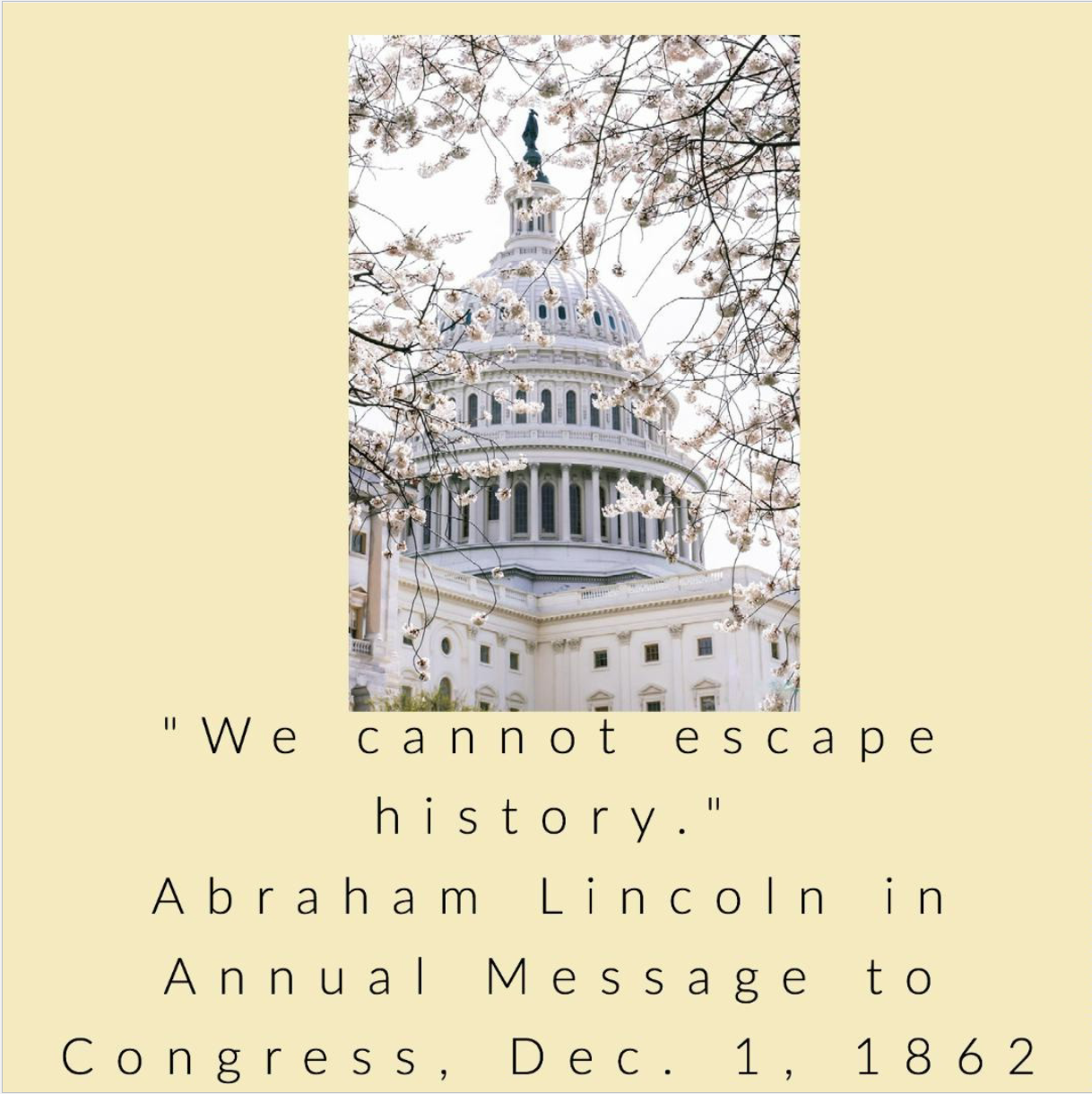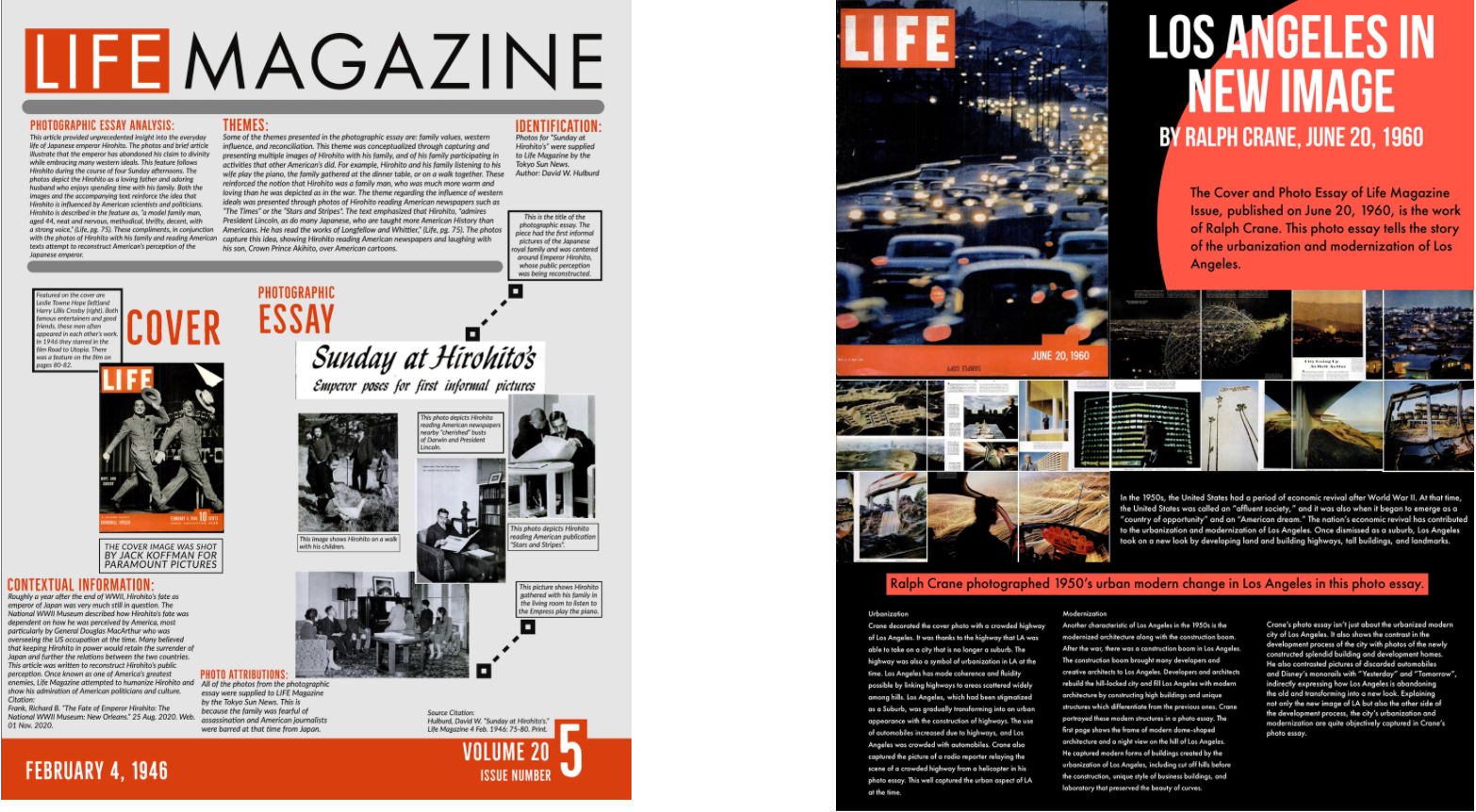by Kimberley Mangun, University of Utah
Call me a glutton for punishment, but I continually reinvent my mass communication history course. The latest iteration was inspired by the pandemic and the knowledge that my large, required class would shift online in Fall 2020 — and remain an asynchronous course for the foreseeable future.
And so I spent summer 2020 rethinking Canvas, the web-based learning management system that we use at the University of Utah, and ways to streamline content delivery and navigation. I also reconsidered all of my lectures and pared down content to essential topics, such as the advent of the Black press, that could be conveyed in short video recordings illustrated with primary sources and PowerPoint slides.
An equally challenging task was re-imagining the hands-on research project that had previously entailed writing a multi-source article for publication in the Utah Communication History Encyclopedia.
A new idea began taking shape when I saw a teaching presentation about Adobe Spark, now called Adobe Creative Cloud Express. That application is free to many university students and can be used to design, create, and refine projects across devices and platforms — desktop computers, laptops and Chrome books, and mobile. (See the teaching essay by Ira Chinoy for another way to use the app in your communication history class.)
Another plus: the app can be learned quickly with brief tutorials and used to create visual stories for social media or the open web. It also is a marketable skill that students can list on LinkedIn and resumés.
I developed an initial, simple assignment — a social media post — to introduce my 60-plus students to the app. They were asked to select a quotation that was meaningful to them from one of the provided lists (topics included women’s history, LGBTQ+ activism, and Black History Month). They combined the quote and attribution with a copyright-free image or one they had taken. The students had fun expressing their individuality, and the quotations — by Cher, Eleanor Roosevelt, Muhammad Ali, and others — provided opportunities to connect with individuals despite the online platform of the course.

A second project, assigned in conjunction with a pared-down unit on publisher Henry Luce, helped students further develop their Adobe skills and also engage with a primary source. They explored the digitized collection of Life magazines and selected an issue published on or near their birthday. Students analyzed that issue’s cover and content, paying particular attention to the photographic essay and themes such as gender, race, and ethnicity. Required elements were assembled into an 11x14 poster.

The students’ final Adobe project entailed creating a web page using a variety of primary and secondary sources to illustrate similarities (or differences) between coverage of a historical epidemic, pandemic, or widespread outbreak and the current pandemic. The project amplified concepts I had been discussing throughout the semester in my recorded lectures, such as identifying, analyzing, and using primary and secondary sources; connecting the past to the present; and telling a compelling story that is based on media artifacts. It also built on an article we read and discussed in an online forum early in the semester: “‘A Receipt Against the Plague’: Medical Reporting in Colonial America” by David Copeland (American Journalism 11, no. 3).
To ensure successful completion of the multifaceted research project, students were asked to first submit a succinct overview of their historical topic and a bibliography listing the required minimum number of primary (12) and secondary (1) sources. Their wide-ranging, interesting ideas included the 1957 influenza pandemic; the polio vaccine; the yellow fever epidemics in Philadelphia in 1762 and 1793 and New Orleans in 1878; HIV/AIDS; and the 1918 pandemic. Students were given the green light or advised to make refinements to their sources or time frame.
The next part of the final project entailed locating at least six primary sources about the current pandemic in the same city or region to ensure an “apples-to-apples” comparison of moments in a narrative connecting all peoples to the past, present, and future. Students were surprised to discover similar themes across time, whether reactions of hatred or scapegoating; expressions of compassion or self-sacrifice; or conversations about culture, race and ethnicity, or science. For instance, one student found evidence of fear, anxiety, and personal responsibility in coverage of New York City resident Mary Mallon — Typhoid Mary — and New York Times stories about the coronavirus. Another student identified themes of racism, patriotism, and fear in coverage of the 1918 flu and current pandemic in Philadelphia.

Although the pandemic prompted the latest iteration of my mass communication history class, I learned valuable lessons about delivering content in more accessible ways and rethinking assignments and technology to help students engage with primary sources in meaningful ways. These lessons will be incorporated into future reinventions of this required course.
Kim Mangun was one of the recipients of the inaugural award for Transformative Teaching of Media and Journalism History, given by the AEJMC History Division in 2019. She also was the first communication historian to receive the American Historical Association’s Eugene Asher Distinguished Teaching Award. Mangun has been on the faculty at the University of Utah Department of Communication since 2006.

